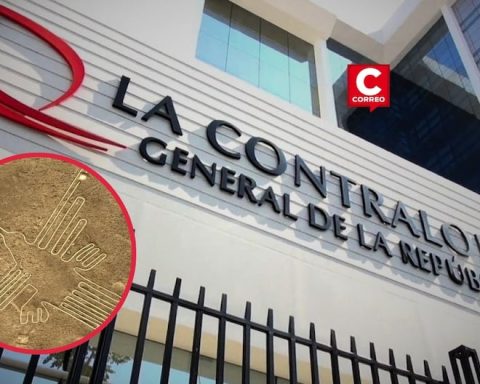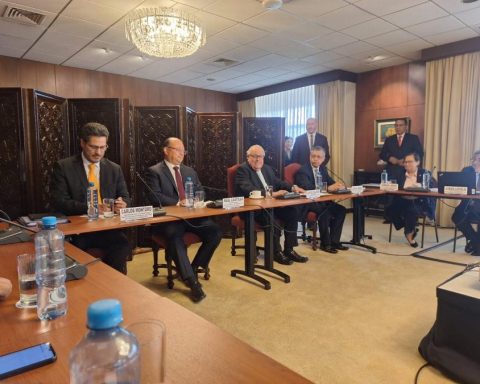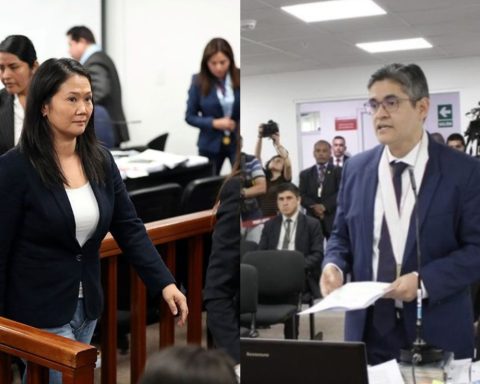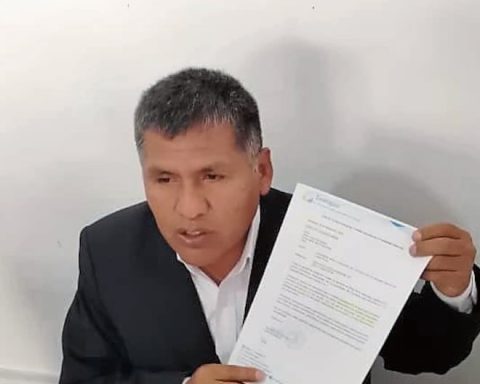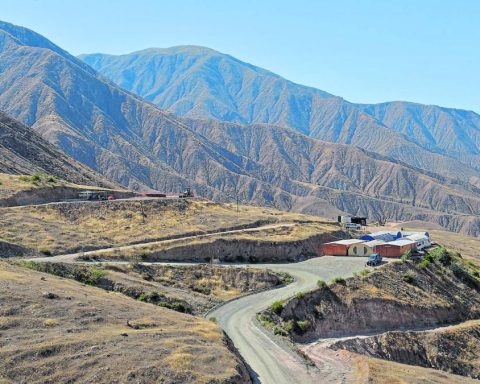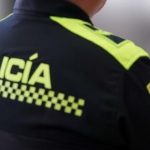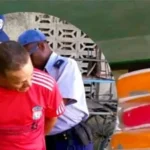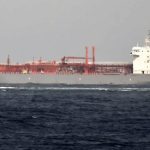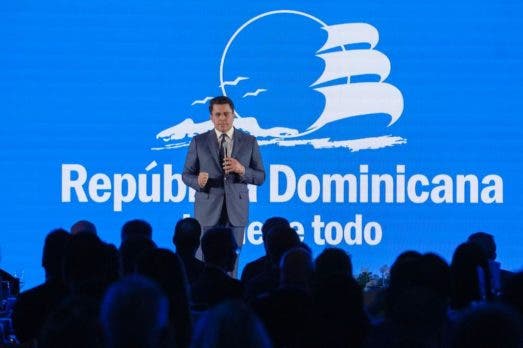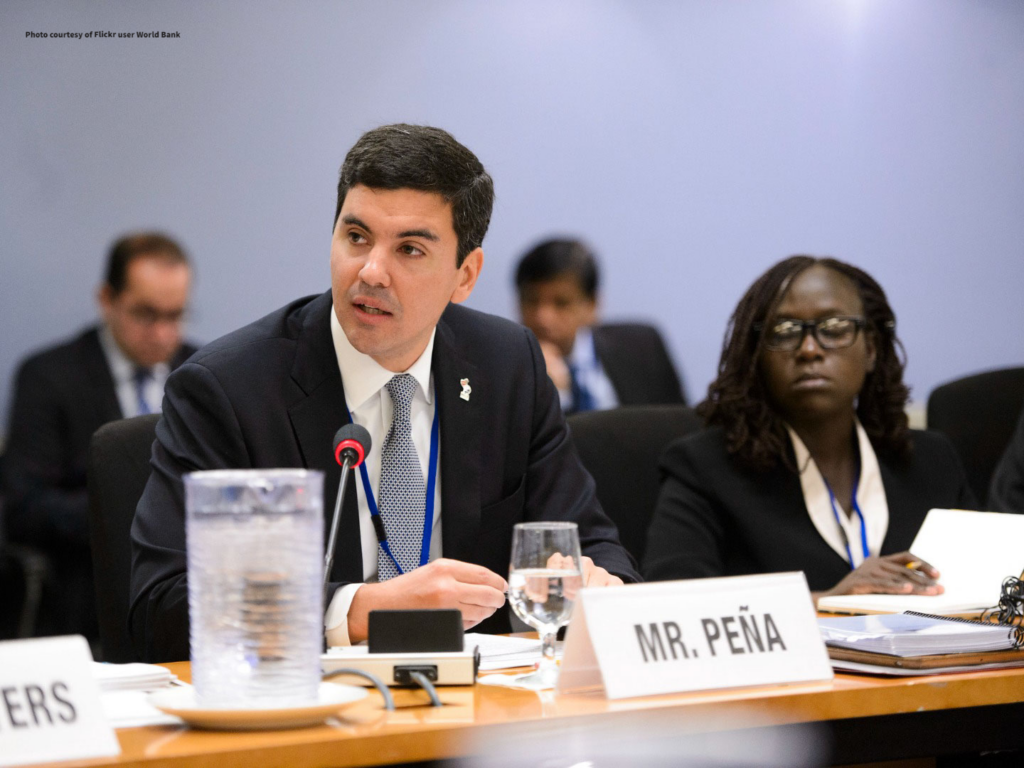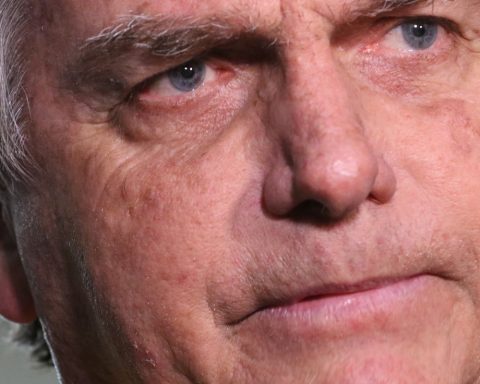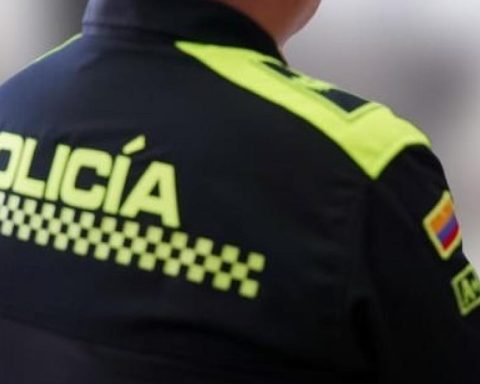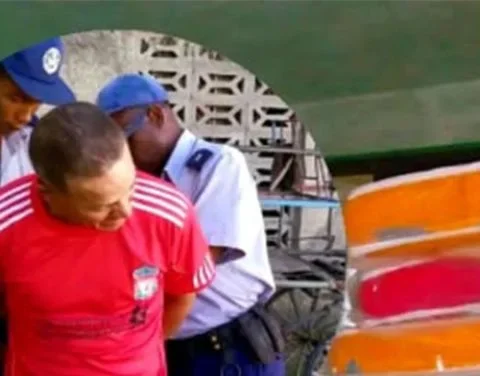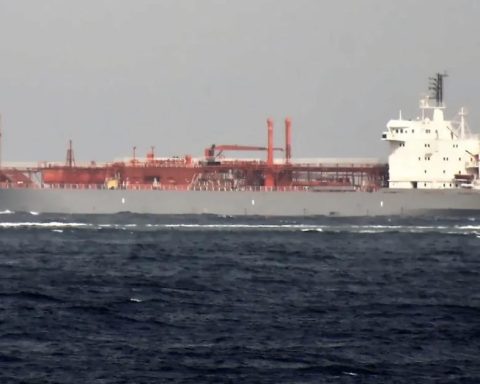national strike, protests in regions and demonstrations in the capital will come together in a great and multitudinous march to Limawhich some call the Taking of Lima and others have named as a new March of the 4 of them. This refers to the mobilization against the government of Alberto Fujimori in the year 2000, when the citizens rose up against the dictatorship that he had established and sought to maintain. Who were present at the most significant manifestation of our democracy?
Who participated in the march of the 4 suyos?
The march of the 4 suyosnamed after the territorial divisions of the Tahuantinsuyo Inca empire (Chinchaysuyo, Antisuyo, Contisuyo, Collasuyo), was the most important mobilization against the dictatorship of Alberto Fujimori. Although everyone remembers the former president Alexander Toledocurrently under investigation for corruption and awaiting the outcome of the US extradition process, the march brought together thousands of demonstrators from Social Organizationspolitical parties, and citizens in general.
Politicians, journalists, artists and citizens such as:
- Alexander Toledo: He had run for election against Fujimori, who was planning to run for re-election for the third time
- Charles Bruce: ran for congress in the 2000 elections with Somos Perú, and later decided to support Toledo during the march
- Jorge del Castillo: He was a congressman from 1995 to 2000 for APRA and one of the opponents of the Fujimori government.
- david waisman: He was invited by Toledo to Perú Posible, and he ran for Congress in 2000, in which he was elected. Later, he would be the second vice president of Toledo.
- Charles Ferrero: He was a Fujimori congressman in 1995, for Cambio 90-Nueva Mayoría, but resigned when he wanted to be re-elected and joined the Perú Posible de Toledo party.
- Fernando Belaunde Terry: the leader of Acción Popular, and twice president of Peru, also supported the march against Fujimori.
- Other politicians from popular action and the Christian People’s Party.
- Social Organizations from various parts of the country: the call to March of the 4 of them moved dozens of groups from the provinces to Lima.
Politicians, journalists and citizens in general led the march of the 4 of them. Photo: File
- Gustavo Gorriti: one of the best-known journalists in Peru was also present at the march, along with Toledo.
- Journalists: Although there were several media outlets that did not broadcast the march, journalists from some newspapers, such as The Republicthey not only supported the march, but also ensured its coverage.
- Victor Delfin: the well-known sculptor, author of the work “El beso”, which can be seen in the Parque del Amor in Miraflores, also protested against the Fujimori regime.
- Gustavo Buntinx: the art historian and the Civil Society Collective carried out different performances, as well as the washing of the flag. The group was made up of Susana Torres, Emilio Santisteban, Claudia Coca, Fernando Bryce, Abel Valdivia and Luis García Zapatero.
- university students: According to the sociologist Nelson Manrique, after the “authentic” interpretation of the 1993 Constitution was given, in order to allow Fujimori to be re-elected, students massively mobilized, starting with those from the Pontifical Catholic University and the University of Lima.
Journalists from La República were also present. Photo: Sunday Supplement/The Republic
Were there infiltrators in the march of the 4 suyos?
You hear a lot about the presence of “infiltrators” in every march and massive mobilization. And the March of the 4 of them was no exception. The journalist María Elena Castillo remembers what it was like to be a reporter in those moments of the great mobilization against the fraudulent and dictatorial government of Fujimori. For her, beyond the attacks that took place in various buildings in Lime (like the fire of the National bankin which six guards died), in the marches you could see groups that seemed to have other interests.
“They looked like normal people, but they had a different attitude. They did not collaborate. At that time, when we were dating [los periodistas], the protesters supported us. these don’t”, recalls Castillo. According to María Elena, there were people who wanted to attack security guards and cause disturbances. From her experience as a reporter, she recounts that these “infiltrators” were present at the marches.
And similar people carried out attacks in different parts of the city. The most remembered event is that of the fire of the National bankin the 11th block of Avenida Colmena, which was attributed to the explosion of an explosive, but there was also a fire in the National Jury of Elections. How come those places were attacked, especially if they were guarded by police? A report from the Ombudsmanin September 2000 points out that “Between twelve noon and two in the afternoon of July 28, there was little or no police presence in public places that were the object of acts of vandalism.”.
Vladimiro Montesinos was in charge of the National Intelligence Service (SIN) during the government of former dictator Alberto Fujimori. Photo: The Republic
This strategy was judged by the Power of attorneywho found guilty of Vladimir Montesinosthe adviser fujimori. Edmundo Cruz also explained it, in conversation with this newspaper for the Sunday supplement. “There was a perverse practice by counterintelligence services to distort a protest movement.” Cruz and reporter Oscar Libón demonstrated in a report that on July 26 and 28, 2000, 380 police officers dressed in civilian clothes and stayed in 8 hostels in the Historic Center. They also discovered that these accommodation expenses were from the security company Copersas SA., whose owner was the brother of the retired colonel Manuel Aivar Marca, the right arm of Vladimir Montesinos.
For this reason, on August 27, 2009, the Second Anti-Corruption Chamber sentenced Vladimir Montesinos and 11 former police chiefs. Due to the excesses provoked on July 28, 2000, Montesinos was found the mediate author of the crime against public safety and instigator of the crime of embezzlement (this because it was discovered that he paid the company Copersas SA, which financed the lodging of policemen dressed in civil).
The trial also proved that during the March of the 4 of them The police who were guarding public buildings were ordered to withdraw irresponsibly. Because of this, Montesinos was sentenced to 10 years in prison and a payment of 3 million soles as civil reparation.

